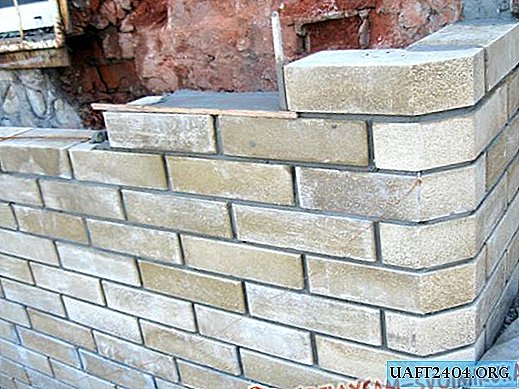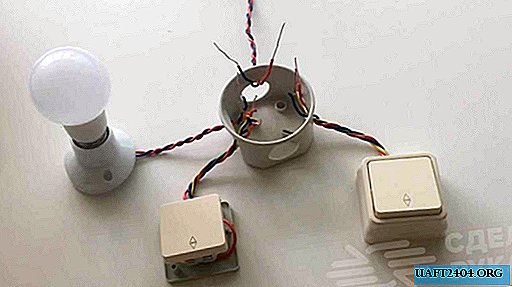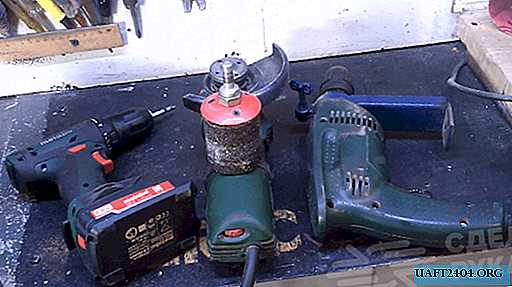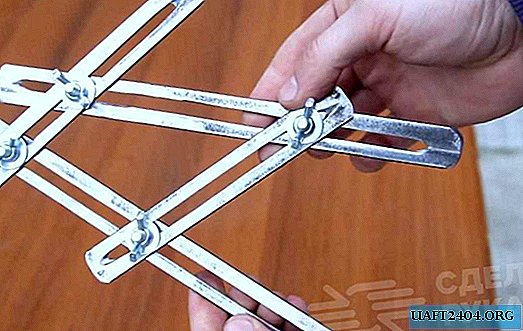Share
Pin
Tweet
Send
Share
Send
First, careful marking of the column follows. This is a crucial stage, since the quality of work performance depends on it. It is necessary to determine where this architectural element will be located, how many bricks will be needed in one row, so as not to trim. In addition, it is necessary to determine the thickness of the seams.
Next, you need to prepare the necessary tool for the job. To build a column, you will need a building level, a plumb line, a fishing line, a rubber mallet, a trowel, a container for mortar, an expansion, a glazing bead, a ladder, in case of work at height. In addition to the tool for work, cement, sand, water, a container for mixing the mortar, wire, anchor are required. The proportions of the masonry mortar are one part of cement and three parts of sand. The solution should not be liquid, but rather it is better to use a thick one.
As a rule, when laying columns, it is very important to observe the lines of the corners, as well as the lines of the joints along the level. To ensure that the entire structure is level, it is necessary to carefully check the level of each brick. To do this, you can use a small building level. After the construction of several rows, use a large level of 1.5 m. So that the columns are even vertically. In order for the seams to be even, you can pull the fishing line from the two extreme bricks. But since in our case only 4 bricks will be quite a long level.


The illustration shows in detail how the laying of facing bricks for embroidery is carried out. First, a glazing bead is placed on the edge of the bed of the lower row of bricks. Then, according to its level, a solution is applied. If you apply more mortar, you will have to knock down a brick with a mallet for longer so that it is on the same level with the neighboring brick. Because of this, the lower rows can sag. If you apply the solution below the glazing bead, then this brick will sag. Therefore, it is necessary to distribute the solution exactly according to the level of glazing bead. The brick is leveled with a gentle tap of the mallet at the corners of the brick.










You can fill the void of the column with a backing. To do this, you can use a solution consisting of one share of cement, three parts of sand and one share of granulation. You can use stones to fill the columns.




In order to give fortresses to the columns, every 3-4 rows need to lay a metal wire. And approximately every 50 cm. Anchor the column. To do this, a hole is drilled equal to the diameter of the anchors that you use. The anchors are twisted into the hole and welded to a wire that extends between the seams of the brickwork.
It is not worthwhile to build a large number of rows of columns in a short time, since under the mass of bricks the lower rows can sag, which makes the horizontal seams uneven. The maximum number of rows that it is recommended to erect at a time is no more than six.
Share
Pin
Tweet
Send
Share
Send











